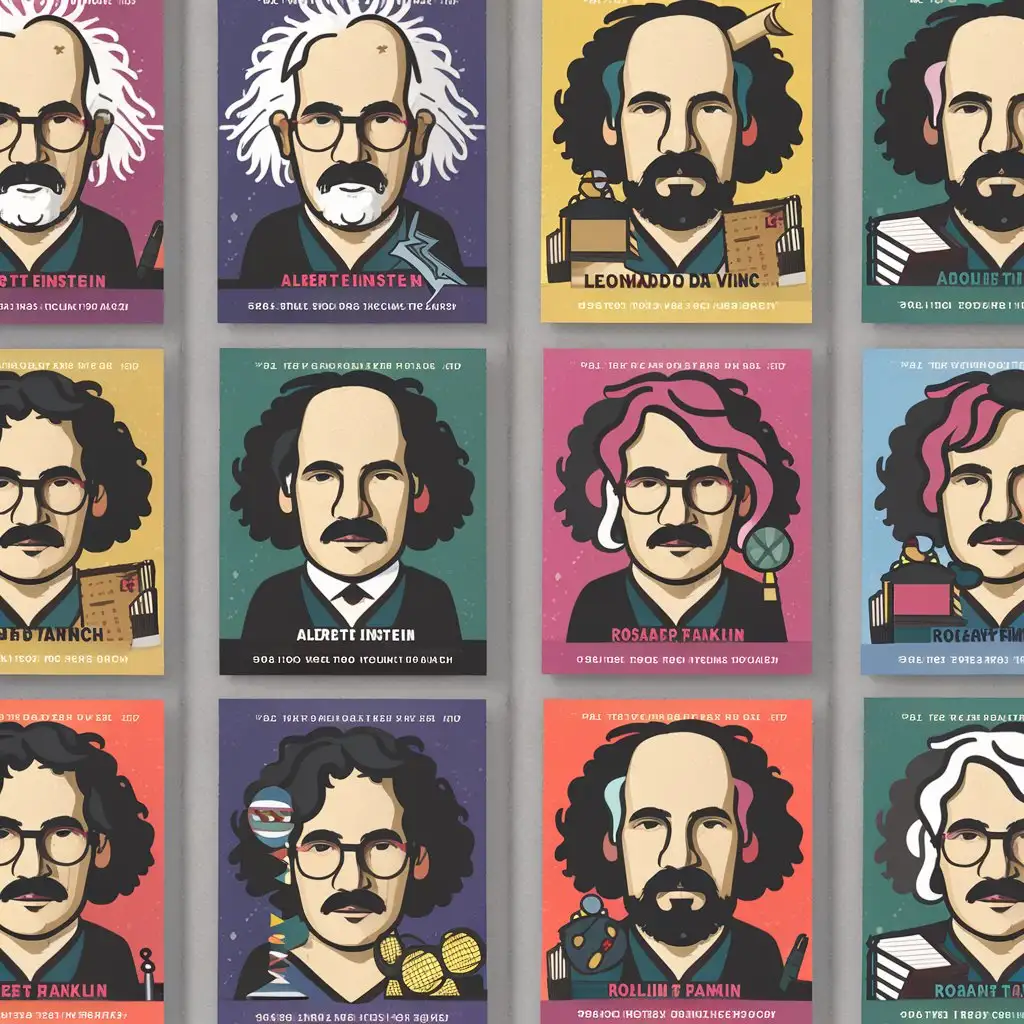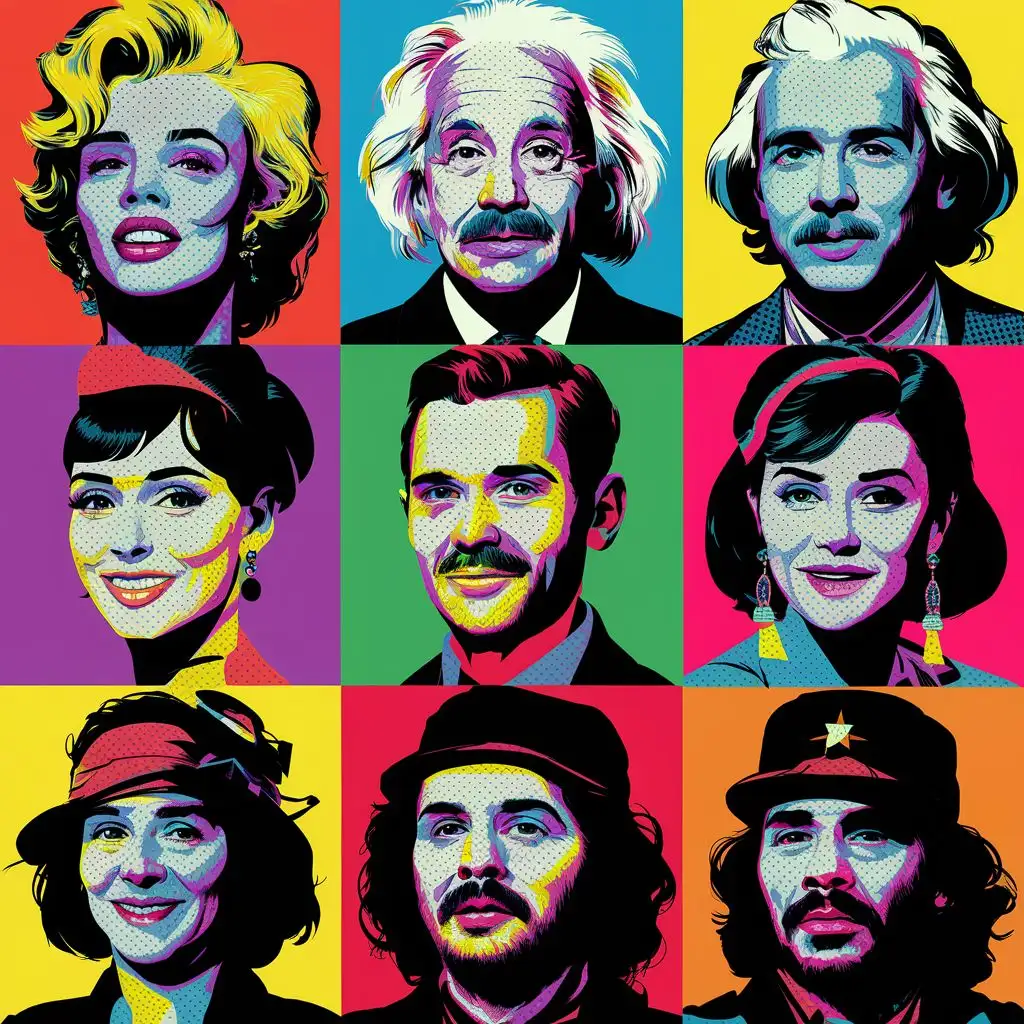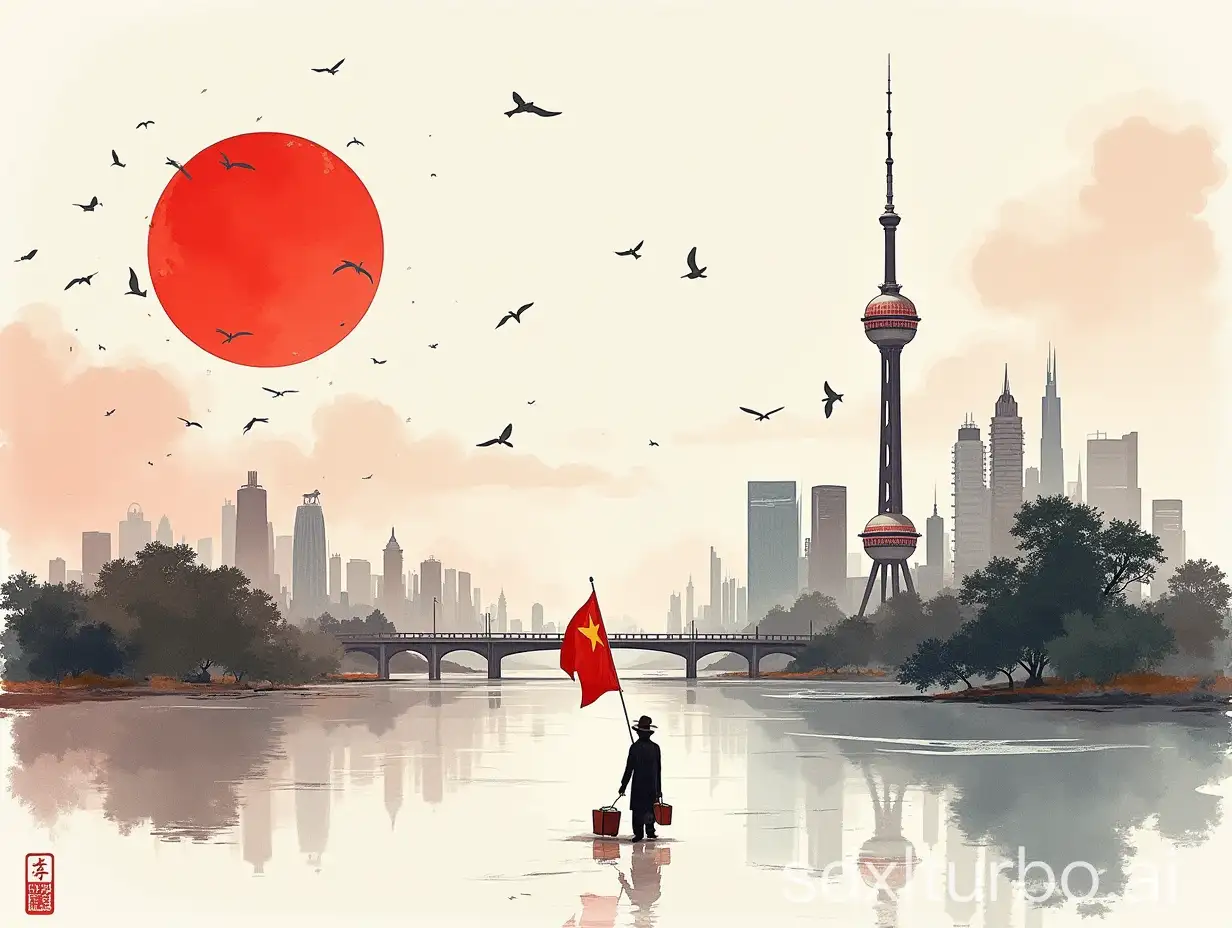Historical Figures Stylized Portraits for Educational Materials

Image Prompt
Prompt
Stylized portraits of famous historical figures, for educational posters and flashcards.
Choose Model: visiCanvas
Aspect Ratio: 1:1
Generated by Stable Diffusion SDXL
Related AI Images








Related Tags
Prompt Analyze
- The prompt 'Stylized portraits of famous historical figures, for educational posters and flashcards' opens up a plethora of possibilities for creating visually engaging and informative content. Subject: The subject matter revolves around renowned personalities from various epochs, each with a unique story and contribution that shaped the course of history. These portraits can depict inventors, leaders, scholars, artists, and activists who have left an indelible mark on society. Setting/Background: The backdrop against which these historical figures are portrayed can be either historically accurate or a modern reinterpretation. For instance, Leonardo da Vinci could be shown with a backdrop of the Renaissance era, while Albert Einstein might be set against a canvas of the scientific revolution. The background can also be minimalistic, focusing solely on the figure and allowing their personality to shine through. Style/Coloring: The style of these portraits can range from realistic to abstract, depending on the intended audience and purpose. For educational materials aimed at younger children, bright colors and simplified features might be more engaging. For an older audience, a more sophisticated palette and detailed brushstrokes could be used to convey depth and complexity. Action/Items: Each portrait can depict the figure in an action or pose that symbolizes their life's work or most famous moment. For example, a portrait of Martin Luther King Jr. could show him delivering his 'I Have a Dream' speech, while a portrait of Marie Curie might feature her with a test tube or beaker, signifying her scientific achievements. Costume/Appearance: Attention to the historical accuracy of clothing and accessories is crucial to maintain authenticity. Each figure's attire should reflect the period they lived in and their social status or profession. For instance, a portrait of Cleopatra might include her iconic headdress and jewels, while a depiction of Napoleon could feature his military uniform. Accessories: Props and accessories can further enhance the narrative of the portraits. These could include symbols of their achievements, such as the Declaration of Independence for Thomas Jefferson or a globe for Christopher Columbus, or items that represent their personal interests or hobbies. The expansion of this prompt aims to create a rich, educational visual resource that not only captures the essence of these historical figures but also engages viewers with a blend of artistic style and historical context. By considering these various aspects, the portraits can become a valuable tool for learning and appreciation of the past.